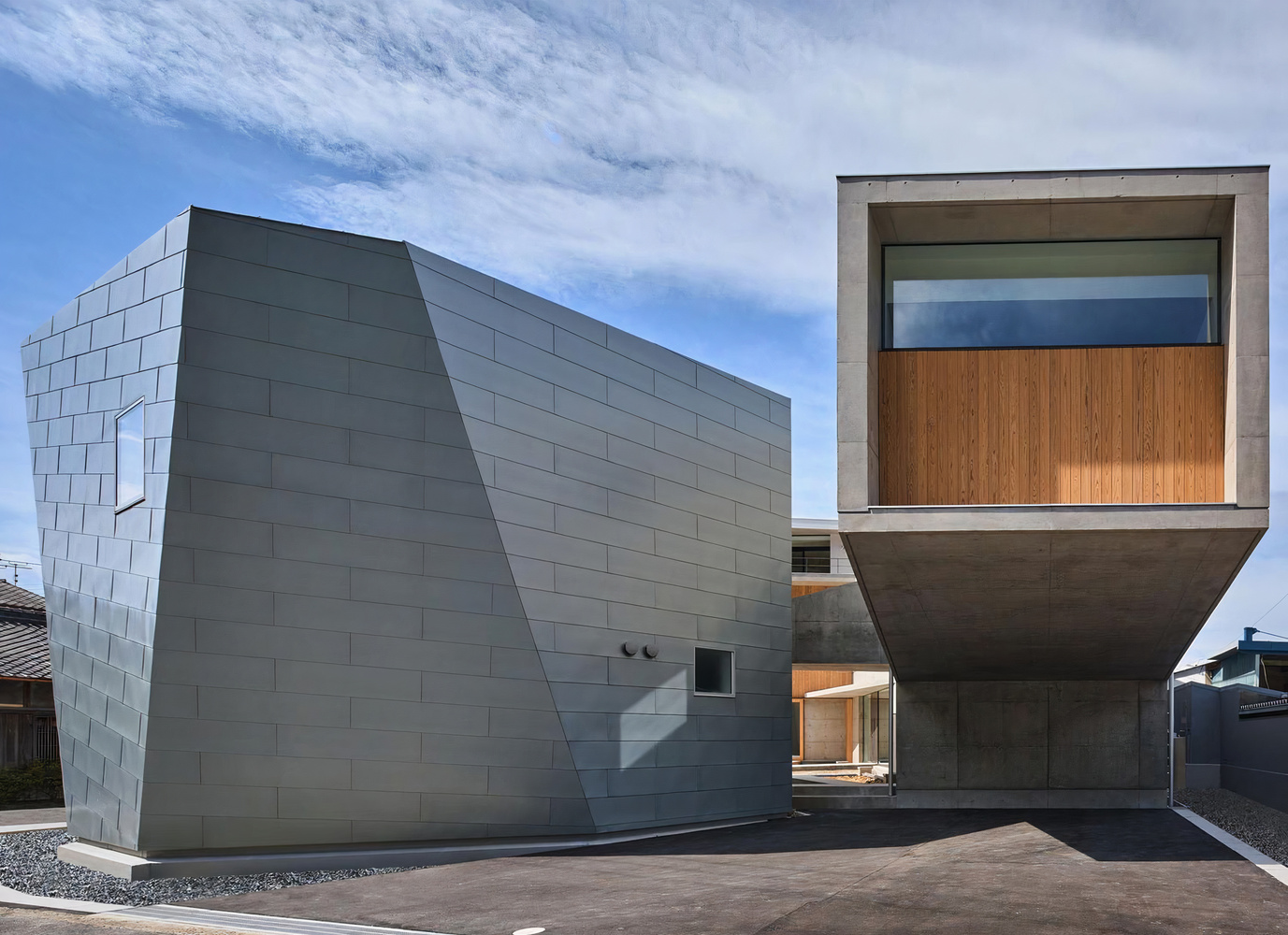Lasting Elegance: Zinc as a Sustainable Choice in Architecture
 Picture: Cortesia de Rheinzink
Picture: Cortesia de Rheinzink
In nature, zinc is mainly found as zinc sulphide ore or zinc carbonate, which is mined to obtain the metal. Once refined, it is used in a variety of applications, including metal alloys, battery manufacturing, medicines and supplements, as well as in the fabrication of pigments, chemical compounds and coatings. In the latter, which is used in architectural applications, zinc is well known for its weather resistance and self-healing properties and is highly durable, with a lifespan of up to 100 years, requiring minimal maintenance. In addition, because it is 100% recyclable and has a low environmental impact during its production, zinc is a sustainable choice for construction projects.
This is the case of prePATINA ECO ZINC, a product developed by RHEINZINK for wall and roof coverings. Its surface is pre-patinated, meaning that it has a naturally aged look that offers a prediction of how the façade will look throughout time. Produced in Scandinavia, it undergoes a manufacturing process that reduces its carbon footprint by 50%, achieved through the use of renewable energy sources during the production phase. Unlike traditional zinc production methods, which often involve significant carbon emissions, this particular product and its manufacturing ensure that the material is in line with global efforts to combat climate change. To put this into perspective, the conversion saves more than 36,000 tons of CO2 per year, which is equivalent to the carbon emissions of a small town with 4,500 inhabitants.
Comments :